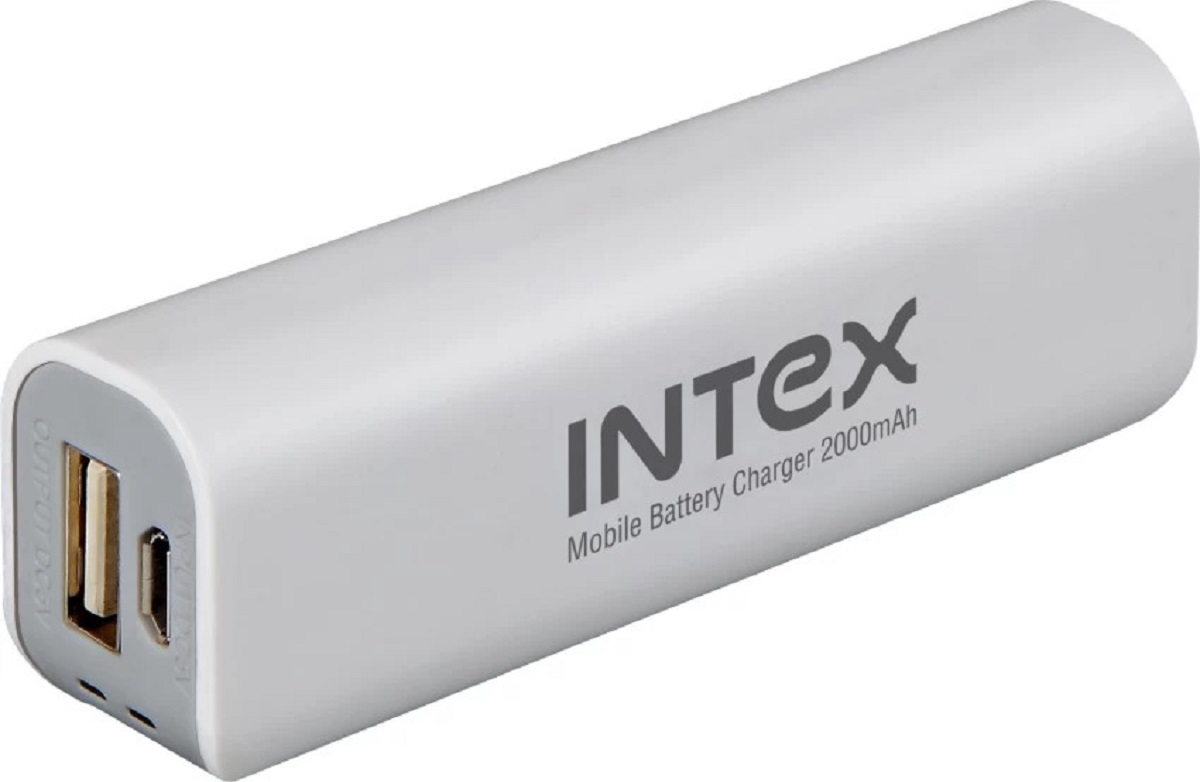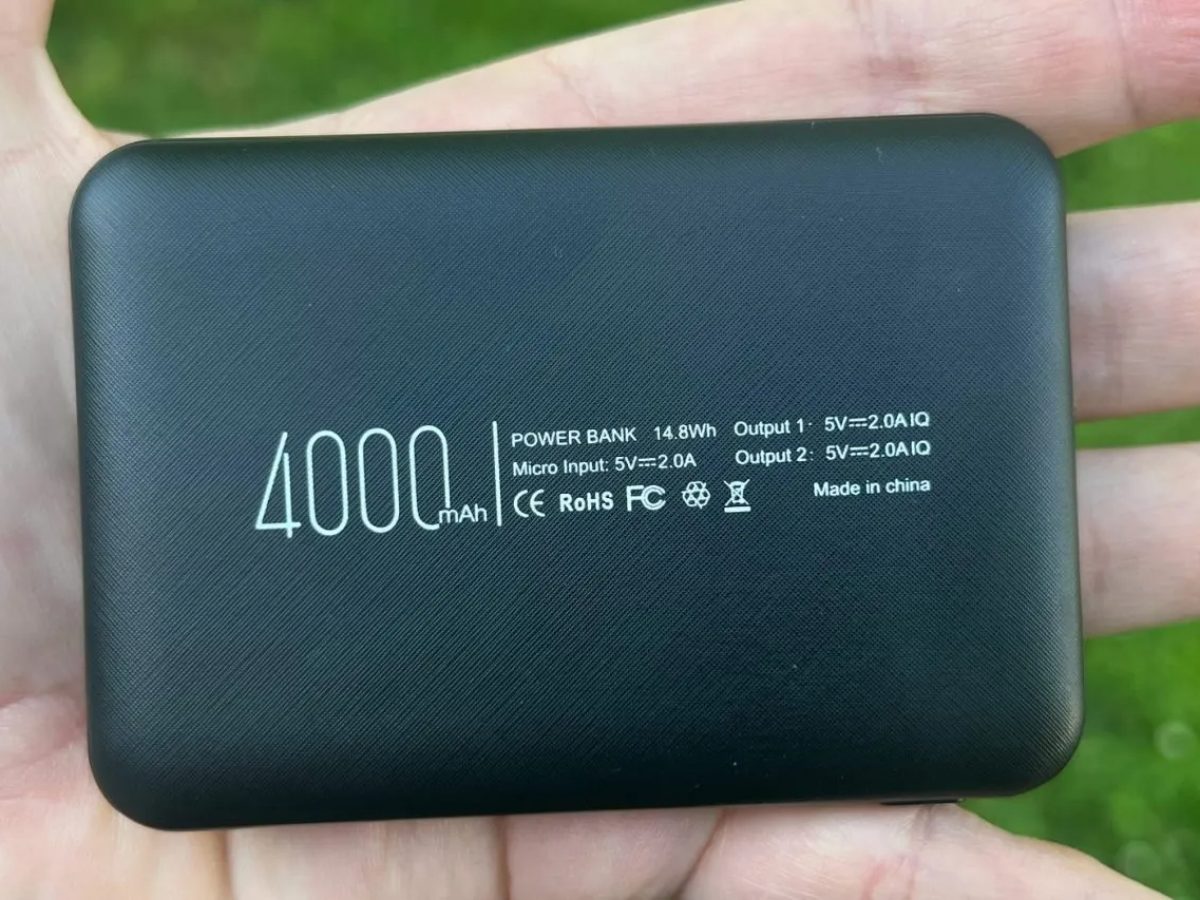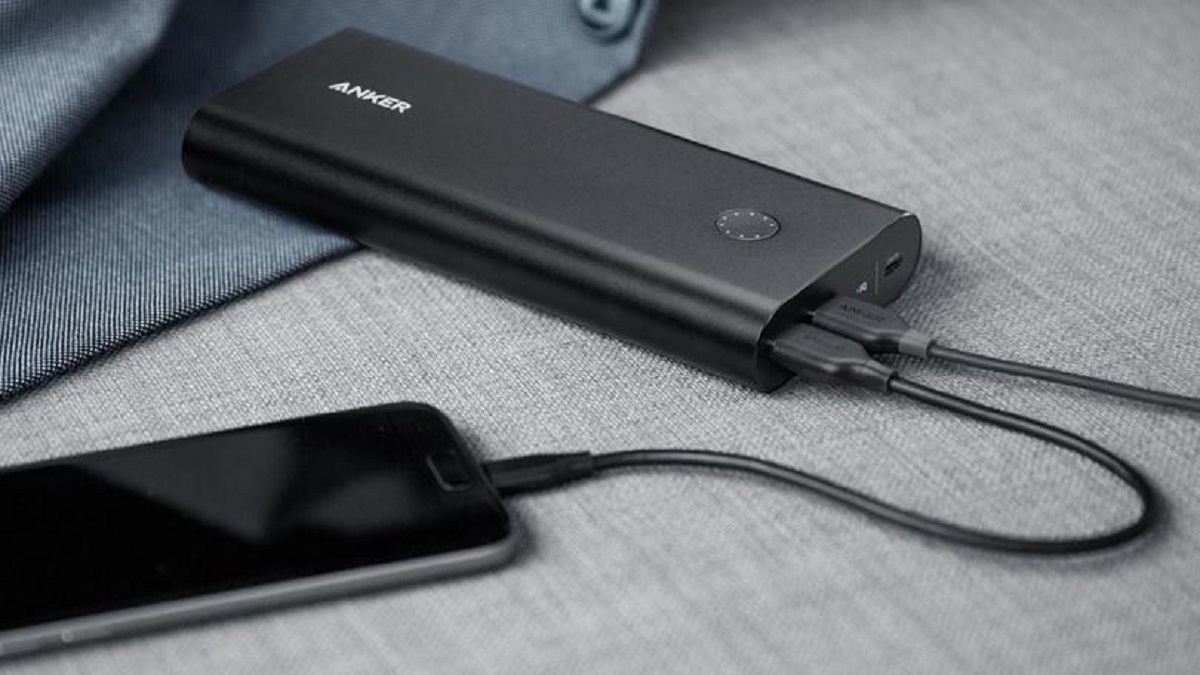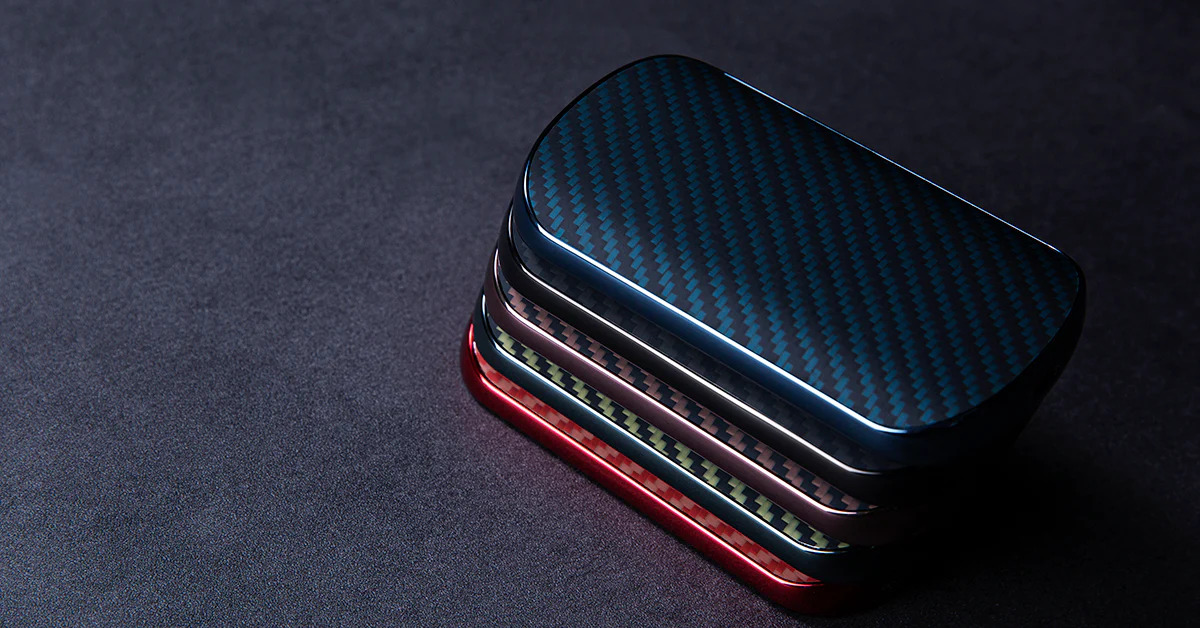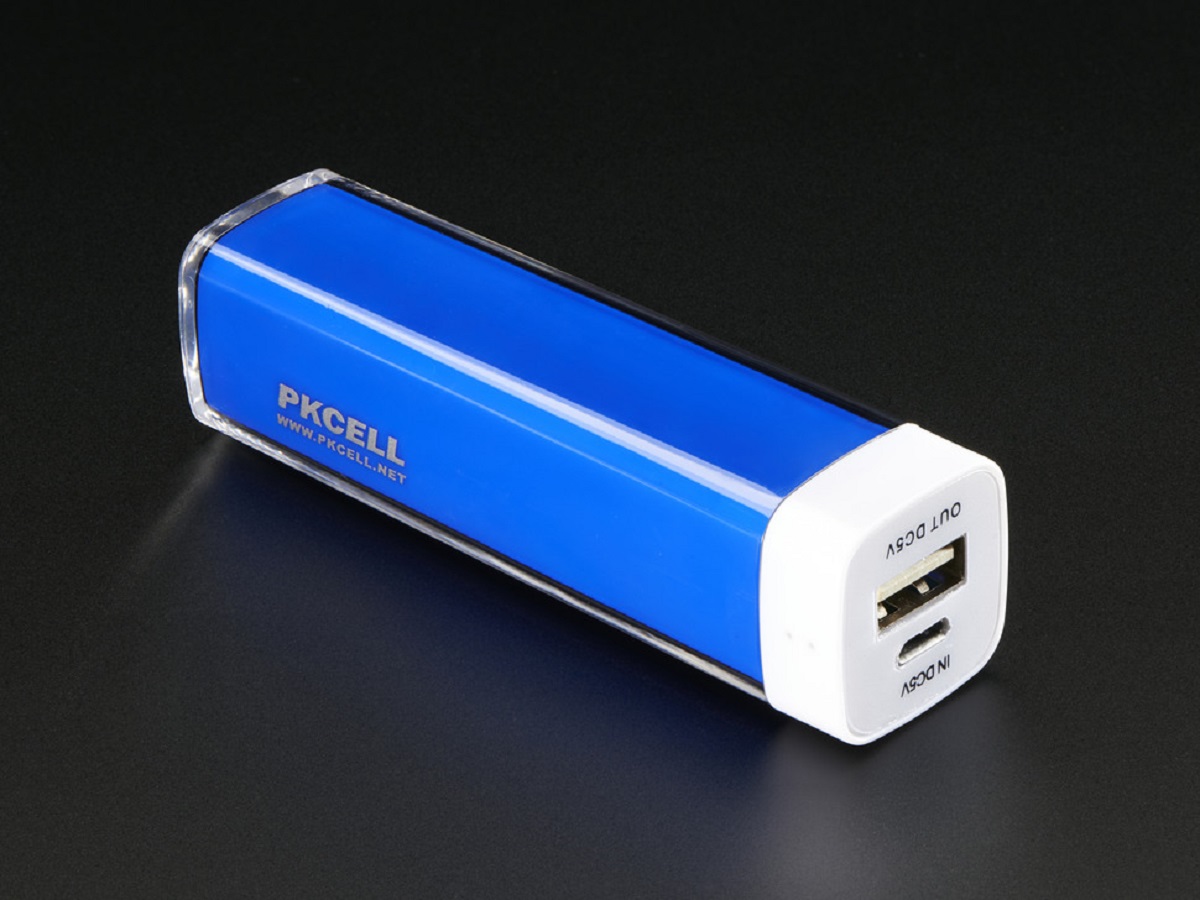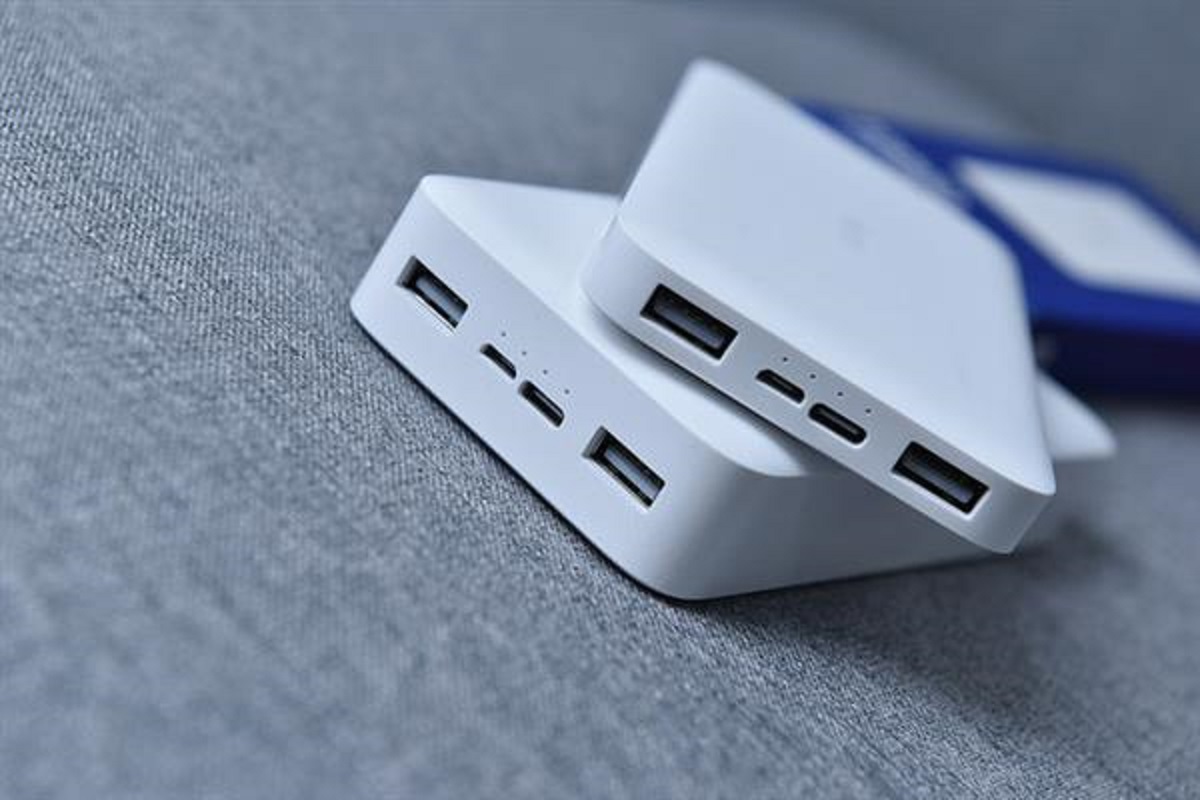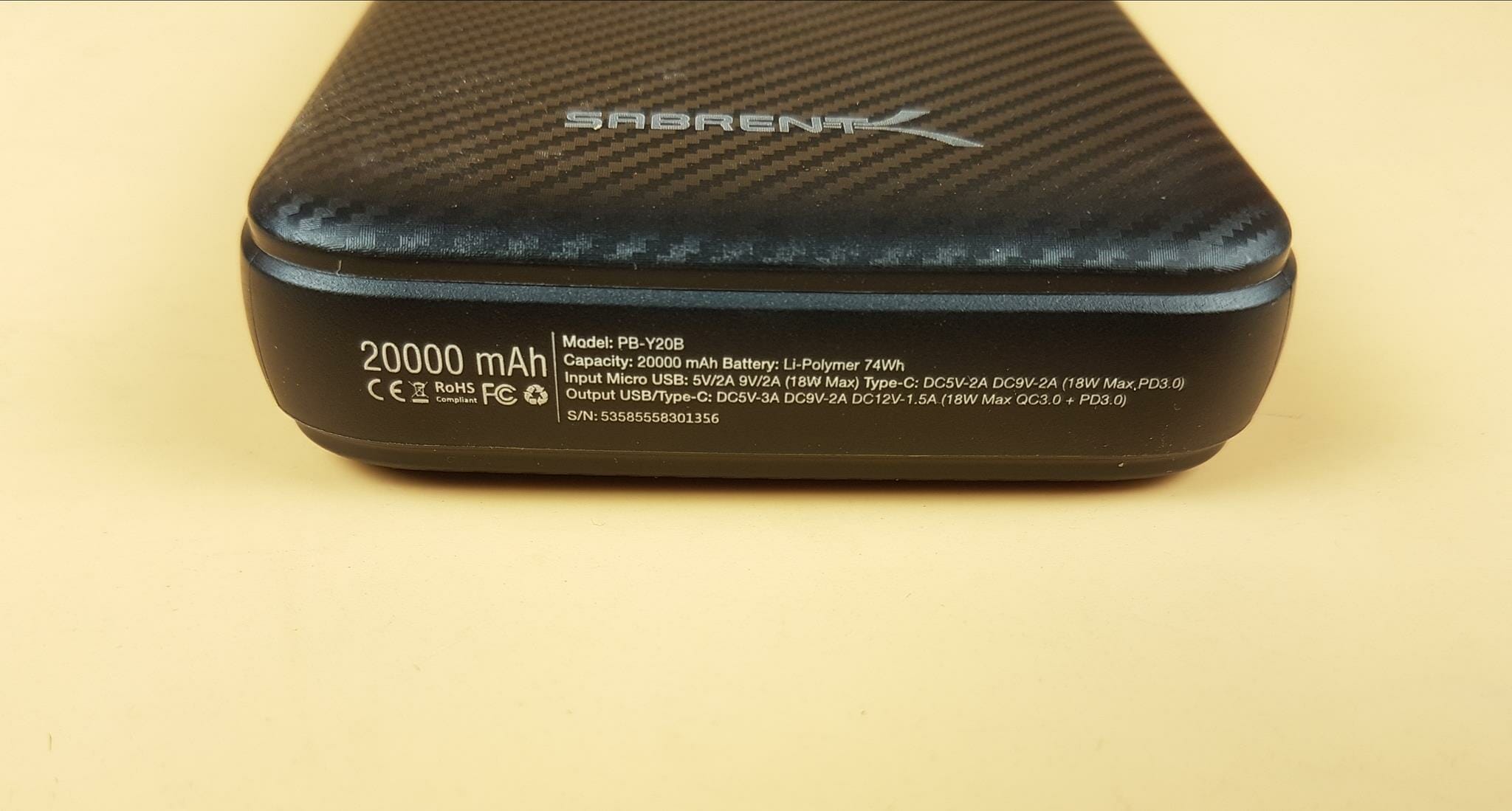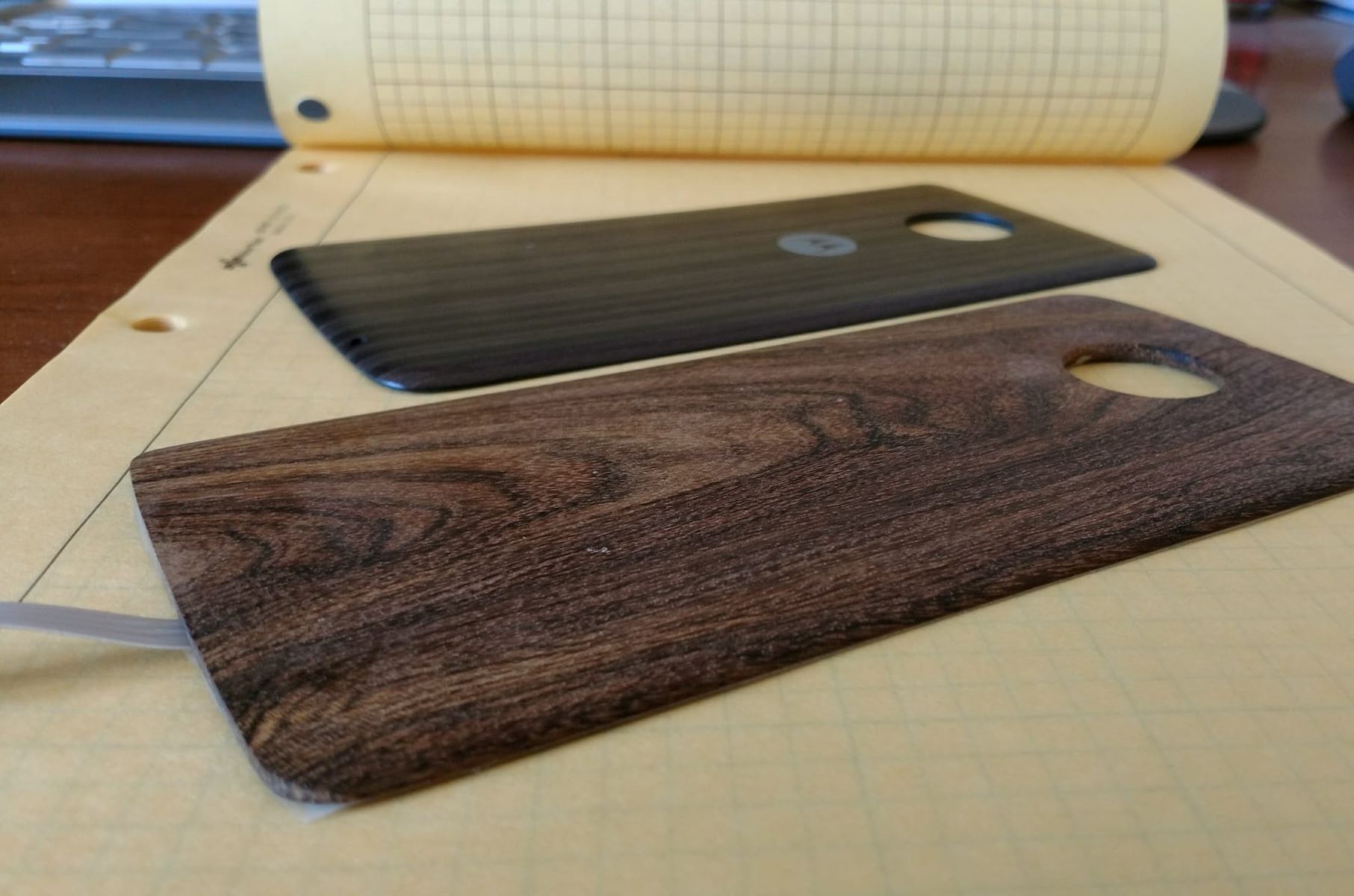The Importance of a Power Bank
In today’s fast-paced world, staying connected is crucial. Whether it’s for work, communication, or entertainment, our electronic devices have become an integral part of our lives. Unfortunately, these devices often run out of battery at the most inconvenient times. This is where a power bank comes to the rescue.
A power bank, also known as a portable charger, is a portable device that stores electrical energy in its built-in batteries. It allows you to charge your devices on the go, ensuring that you never have to worry about running out of battery power. This convenience is particularly essential when you’re traveling, attending conferences, or simply spending a long day out.
Power banks come in various shapes and sizes, catering to different needs and preferences. Some power banks are compact and lightweight, fitting perfectly in your pocket or bag. Others offer higher capacity and multiple charging ports, allowing you to charge multiple devices simultaneously. No matter which power bank you choose, having one handy can save you from the frustration of a dead battery.
Not only do power banks offer convenience, but they also provide peace of mind. Imagine being in a situation where your phone dies, and you urgently need to make an important call or access critical information. With a power bank, you can quickly charge your device and stay connected, preventing any disruptions or missed opportunities.
Moreover, a power bank can be a lifesaver during emergencies or power outages. Natural disasters or unforeseen circumstances can disrupt power supply, leaving you without access to electricity. Having a power bank can ensure that you can still charge your essential devices like phones, flashlights, or radios, enabling you to stay connected and informed in critical situations.
In summary, a power bank is not just a convenient accessory; it is a necessity in today’s digital age. It provides the flexibility to charge your devices anytime, anywhere, ensuring that you stay connected, productive, and entertained. Whether you’re a frequent traveler, a student attending long lectures, or someone who relies heavily on their devices, investing in a reliable power bank can greatly improve your life and alleviate the stress of a drained battery.
Understanding mAh
When shopping for a power bank, you might come across the term “mAh.” What exactly does it mean? mAh stands for milliampere-hours, which is a unit of measurement that represents the capacity or energy storage of a battery. It indicates how much current a battery can deliver over a specific period of time.
The higher the mAh rating of a power bank, the more energy it can store and deliver. For example, a power bank with a 2000mAh capacity can theoretically deliver a current of 2000 milliamperes for one hour. However, it is important to note that in practical usage, the actual output may be slightly lower due to energy loss during the charging process.
The mAh rating of a power bank is an essential factor to consider when choosing the right one for your needs. If you have devices with larger battery capacities, such as tablets or laptops, you will need a power bank with a higher mAh rating to ensure it can fully charge your devices. On the other hand, if you primarily use smaller devices like smartphones or Bluetooth headphones, a power bank with a lower mAh capacity may be sufficient.
It’s important to note that the mAh rating alone is not the only factor to consider. The charging efficiency of a power bank, as well as the power requirements of your devices, also play a role. Higher efficiency power banks can provide more charges even with a lower mAh rating. Additionally, some devices may require a higher current input for fast charging, so it’s essential to check the charging specifications of your devices and choose a power bank that can meet those requirements.
When using a power bank, it’s worth noting that the charging process is not 100% efficient. Some energy is lost during the transfer, which means you may not be able to get the full usage out of a power bank with a specific mAh rating. Despite this, power banks are still a reliable solution for extending the battery life of your devices when you’re on the go.
In summary, understanding the concept of mAh is crucial when choosing a power bank. It determines the capacity and ability of a power bank to charge your devices. Consider the mAh rating along with the charging efficiency and power requirements of your devices to ensure that you select a power bank that suits your needs.
Factors That Affect Power Bank Usage
While power banks are incredibly useful for charging devices on the go, there are several factors that can affect their usage and performance. Understanding these factors can help you make the most out of your power bank and ensure its longevity. Let’s explore some key considerations:
1. Battery Capacity: The capacity of your power bank, measured in mAh, determines how much charge it can hold. Higher capacity power banks can provide more charges or charge larger devices multiple times before needing to be recharged themselves.
2. Charging Efficiency: Power banks have an inherent energy loss during the charging process. Higher efficiency power banks will minimize this loss, ensuring more efficient charging and maximizing the number of charges you can get out of a single power bank cycle.
3. Device Power Requirements: Different devices have varying power requirements for charging. Some may require more current input for fast charging, while others can charge at lower currents. Ensure that your power bank can meet the power requirements of your devices for optimal performance.
4. Number of Charging Ports: Power banks come with different numbers of charging ports, allowing you to charge multiple devices simultaneously. Consider the number of devices you usually need to charge and choose a power bank with enough ports to accommodate your needs.
5. Compatibility: Not all power banks are compatible with every device. Some power banks may be optimized for specific devices or operating systems. Make sure to check the compatibility of your power bank with your devices before making a purchase.
6. Environmental Factors: Temperature and humidity can affect the performance and lifespan of power banks. Extreme temperatures can reduce efficiency and overall battery life. It’s advisable to keep your power bank in a moderate temperature range for optimal usage.
7. Charging Cycles: Like any other battery-powered device, power bank batteries have a limited number of charging cycles before their performance starts to decline. Be mindful of how often you charge your power bank and try to avoid completely depleting it before recharging to maximize its lifespan.
By considering these factors, you can make informed decisions when selecting and using a power bank. Choosing the right power bank for your devices and being mindful of usage and environmental factors will ensure that your power bank remains reliable and efficient for years to come.
Calculating the Number of Charges for a 2000mAh Power Bank
Understanding how many charges you can get out of a 2000mAh power bank is crucial for managing your device’s battery life when you’re on the go. While the actual number of charges may vary based on several factors, including device power requirements and power bank efficiency, there is a general method to calculate it.
To determine the number of charges, you need to consider the battery capacity of both your device and the power bank. Let’s say your device has a 2000mAh battery capacity, and your power bank also has a 2000mAh capacity.
In an ideal scenario, with no energy loss during the charging process, a fully charged 2000mAh power bank should be able to charge your device once completely. However, it’s important to note that energy loss and power requirements of the device can reduce the effectiveness of the power bank.
When calculating the number of charges, you need to account for the efficiency of the power bank. Generally, power banks have an efficiency rate ranging from 70% to 90%. This means that only a certain percentage of the power bank’s capacity is effectively transferred to your device.
Let’s assume that your power bank has an efficiency rate of 80%. To calculate the number of charges, you can use the formula:
(Power Bank Capacity * Efficiency Rate) / Device Battery Capacity
So, using the values from the example above, the calculation would be:
(2000mAh * 0.80) / 2000mAh = 0.80
In this case, you would expect to get approximately 0.80 or 80% of a full charge for your device. This means that you can charge your 2000mAh device about 0.80 times with a 2000mAh power bank. In practical terms, this would equate to a single full charge.
It’s important to keep in mind that these calculations are rough estimates. The actual number of charges may vary depending on factors such as power bank efficiency, device power requirements, and energy loss during charging. To get a more accurate idea, you can refer to the specifications provided by the power bank manufacturer or conduct real-world testing.
By understanding these calculations, you can better manage your device’s battery life when using a 2000mAh power bank. This knowledge allows you to plan accordingly and ensure that you have enough power to keep your devices running while you’re on the move.
Real-World Examples of Device Charging with a 2000mAh Power Bank
While theoretical calculations provide estimates of the number of charges a 2000mAh power bank can provide, real-world examples can give us a more practical understanding of its capabilities. Here are a few scenarios that demonstrate how a 2000mAh power bank can charge various devices:
- Smartphone: Most smartphones these days have battery capacities between 2000mAh and 4000mAh. With a 2000mAh power bank, you can expect to get approximately one full charge for your smartphone, depending on factors like power bank efficiency and device power requirements. This is particularly handy when you’re traveling or unable to access a power outlet for an extended period.
- Bluetooth Earbuds: Bluetooth earbuds typically have smaller battery capacities ranging from 100mAh to 300mAh per earbud. With a 2000mAh power bank, you can expect to charge your Bluetooth earbuds multiple times before needing to recharge the power bank itself. This ensures that you can enjoy your favorite music or podcasts without worrying about running out of battery power.
- Smartwatch: Smartwatches usually have battery capacities around 200mAh to 500mAh. With a 2000mAh power bank, you can expect to charge your smartwatch multiple times. This is especially helpful when you’re on a trip and need to keep track of time and receive notifications without the fear of your smartwatch battery dying.
- Wireless Headphones: Wireless headphones often have battery capacities ranging from 300mAh to 1000mAh or more. With a 2000mAh power bank, you can expect to charge your wireless headphones at least once or maybe even twice, depending on the power bank’s efficiency and the headphone’s power requirements. This allows you to enjoy uninterrupted music or podcasts during your long commutes or travels.
- Compact Camera: Compact cameras typically have battery capacities ranging from 800mAh to 1500mAh. With a 2000mAh power bank, you can expect to get a full charge for your compact camera, enabling you to capture precious moments without worrying about the battery dying in the middle of your photo session.
These are just a few examples, and the actual number of charges may vary based on factors such as power bank efficiency, device power requirements, and energy loss during charging. It’s important to remember that a 2000mAh power bank can provide significant assistance in keeping your devices powered up when you’re away from traditional power sources.
By understanding how a 2000mAh power bank can charge various devices, you can make informed decisions about using it to its full potential. Having this knowledge allows you to plan your device usage and ensure that you always have a backup power source, keeping you connected and entertained while on the go.
Tips to Maximize Power Bank Efficiency
While power banks are a convenient and reliable solution for charging devices on the go, there are ways to maximize their efficiency and get the most out of them. Here are some tips to help you optimize the performance of your power bank:
- Choose the Right Capacity: Select a power bank with a capacity that suits your device’s needs. If you have devices with larger battery capacities, consider getting a higher mAh power bank to ensure you can fully charge your devices multiple times.
- Charge with Original Cables: Use the original charging cables that come with your devices or high-quality cables. Cheap or low-quality cables can result in slower charging speeds and energy loss, reducing the efficiency of your power bank.
- Avoid Overcharging: While power banks are designed to automatically stop charging when your devices are fully charged, it’s a good practice to unplug your devices once they reach 100% to minimize unnecessary energy consumption.
- Store at Moderate Temperatures: Extreme temperatures can negatively affect the performance and lifespan of your power bank. It’s best to store your power bank in a cool and dry place to maintain its efficiency, avoiding exposure to direct sunlight or extreme cold.
- Turn Off Unused Features: Power banks often have additional features like LED lights or additional ports. If you’re not using these features, turn them off to conserve energy and maximize the overall efficiency of the power bank.
- Avoid Frequent Full Discharges: While power banks have a limited number of charging cycles, frequently fully discharging them before recharging can degrade their performance over time. Try to keep your power bank charged above 20% when possible.
- Charge Power Bank at Optimal Times: Whenever possible, charge your power bank during off-peak hours when electricity demand is lower. This can result in better charging efficiency and reduce energy consumption overall.
- Regularly Clean the Charging Ports: Dust and debris can accumulate in the charging ports of both your power bank and devices, leading to poor connections and reduced charging efficiency. Clean the ports regularly using a soft brush or cotton swab to maintain optimal performance.
By following these tips, you can maximize the efficiency of your power bank and ensure that it performs optimally when you need it the most. Remember to choose the right capacity, use high-quality cables, and practice proper maintenance to extend the lifespan and effectiveness of your power bank.
Ultimately, by incorporating these practices, you can make the most of your power bank’s capabilities and keep your devices powered up efficiently, whether you’re traveling, working remotely, or simply enjoying a day out and about.
Conclusion
Power banks have become essential accessories in our increasingly connected world. They provide the convenience and peace of mind of having backup power on the go, ensuring that our devices never run out of battery when we need them the most.
We explored the importance of power banks and how they allow us to stay connected, productive, and entertained, regardless of our location. Whether we’re traveling, attending conferences, or facing unexpected power outages, power banks serve as reliable sources of energy for our devices.
Understanding mAh, the unit of measurement for battery capacity, is crucial in choosing the right power bank for our needs. Considering factors like device power requirements, power bank efficiency, and compatibility can further enhance our charging experience.
We calculated the number of charges for a 2000mAh power bank and discussed real-world examples, which showcased its capabilities across various devices. These examples can help us better plan our power bank usage and rely on them in different situations.
To maximize power bank efficiency, we highlighted several tips, including choosing the right capacity, using original cables, storing at moderate temperatures, and maintaining a regular cleaning routine. These practices not only optimize the performance of our power banks but also extend their lifespan.
In summary, power banks offer a practical and reliable solution for charging devices on the go. By understanding the important factors that affect their usage, calculating the number of charges, and implementing efficiency-enhancing tips, we can make the most of our power banks and ensure uninterrupted connectivity and productivity in our daily lives.
So, whether you’re a frequent traveler, a student attending classes, or someone who simply values the convenience of always having a charged device, investing in a quality power bank is a wise choice. Stay connected, stay charged, and stay ahead with the power of a power bank by your side.







